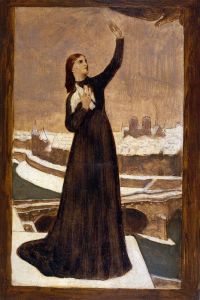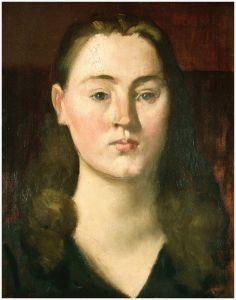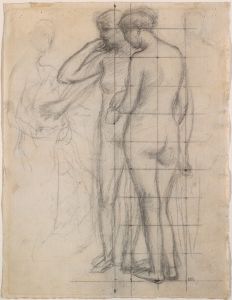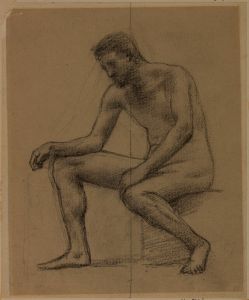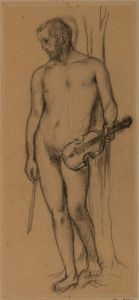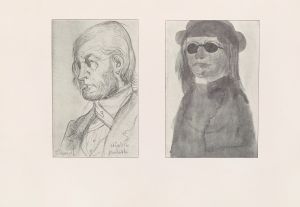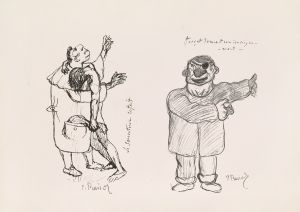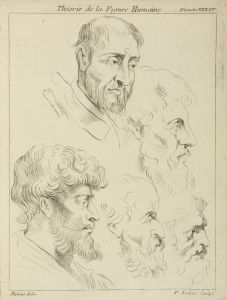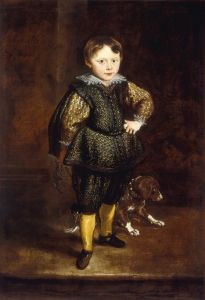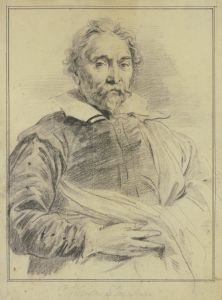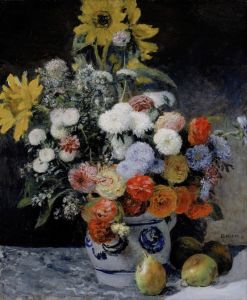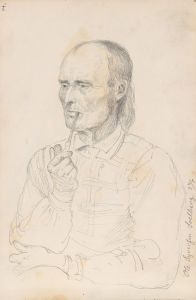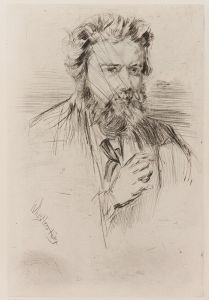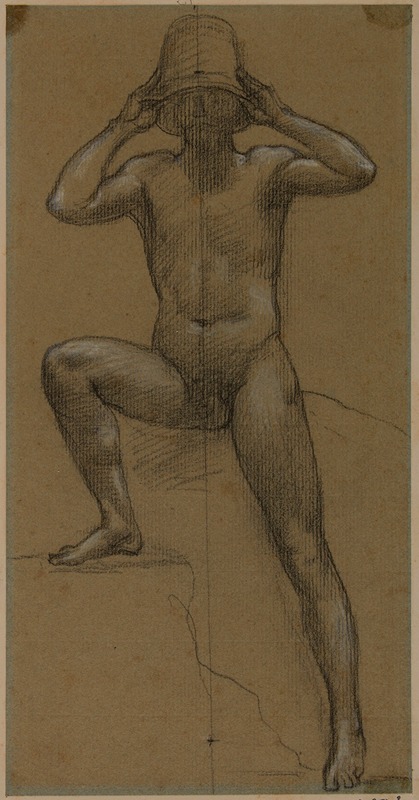
Homme nu de face, se coiffant d’un pot
A hand-painted replica of Pierre Puvis de Chavannes’s masterpiece Homme nu de face, se coiffant d’un pot, meticulously crafted by professional artists to capture the true essence of the original. Each piece is created with museum-quality canvas and rare mineral pigments, carefully painted by experienced artists with delicate brushstrokes and rich, layered colors to perfectly recreate the texture of the original artwork. Unlike machine-printed reproductions, this hand-painted version brings the painting to life, infused with the artist’s emotions and skill in every stroke. Whether for personal collection or home decoration, it instantly elevates the artistic atmosphere of any space.
Pierre Puvis de Chavannes was a notable French painter in the 19th century, recognized for his significant contributions to Symbolist art. One of his lesser-known works is "Homme nu de face, se coiffant d’un pot" (Nude Man from the Front, Combing His Hair with a Pot). This painting, like many of Puvis de Chavannes' works, reflects his interest in the human form and his unique approach to composition and symbolism.
Puvis de Chavannes was born on December 14, 1824, in Lyon, France, and he became one of the leading figures in the Symbolist movement. His work often depicted allegorical and mythological themes, characterized by a serene and contemplative atmosphere. He was known for his murals and large-scale paintings, which adorned public buildings and institutions.
"Homme nu de face, se coiffant d’un pot" is a striking example of Puvis de Chavannes' ability to capture the human body in a natural and unembellished manner. The painting features a nude man, viewed from the front, engaged in the simple act of combing his hair using a pot. The composition is straightforward, focusing on the figure's form and the mundane yet intimate moment of personal grooming.
The painting's style is consistent with Puvis de Chavannes' broader oeuvre, which often emphasized clarity, simplicity, and a subdued color palette. His technique involved smooth, flat surfaces with minimal use of shading, creating a sense of timelessness and tranquility. This approach can be seen in "Homme nu de face, se coiffant d’un pot," where the figure is rendered with clean lines and a calm demeanor.
Puvis de Chavannes' work was influential in the development of modern art, particularly in the transition from academic traditions to more abstract and symbolic forms of expression. His emphasis on the symbolic and the idealized human form resonated with many artists of his time and beyond, including the likes of Paul Gauguin and the Nabis group.
While "Homme nu de face, se coiffant d’un pot" may not be as widely recognized as some of Puvis de Chavannes' larger and more public works, it nonetheless exemplifies his artistic philosophy and technical skill. The painting captures a moment of quiet introspection, inviting viewers to contemplate the simplicity and beauty of everyday actions.
Puvis de Chavannes passed away on October 24, 1898, but his legacy endures through his contributions to the art world. His works continue to be studied and admired for their unique blend of classical form and modern sensibility. "Homme nu de face, se coiffant d’un pot" remains a testament to his ability to find profound meaning in the ordinary, and to convey that meaning through his distinctive artistic vision.





